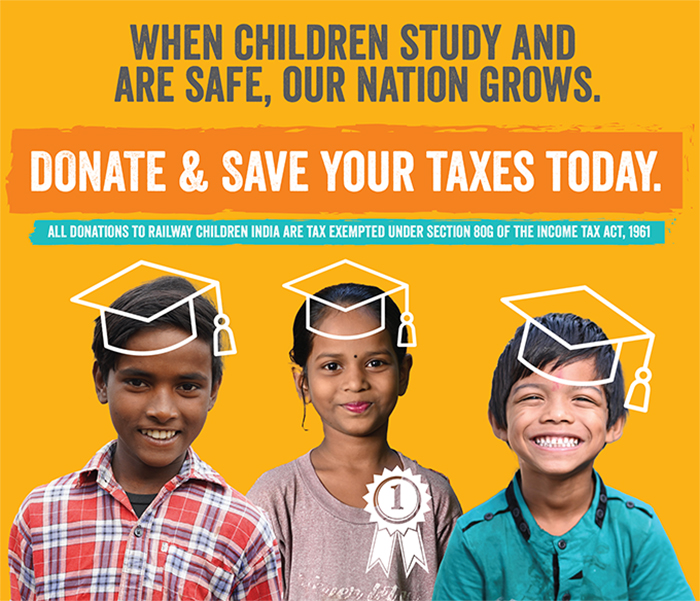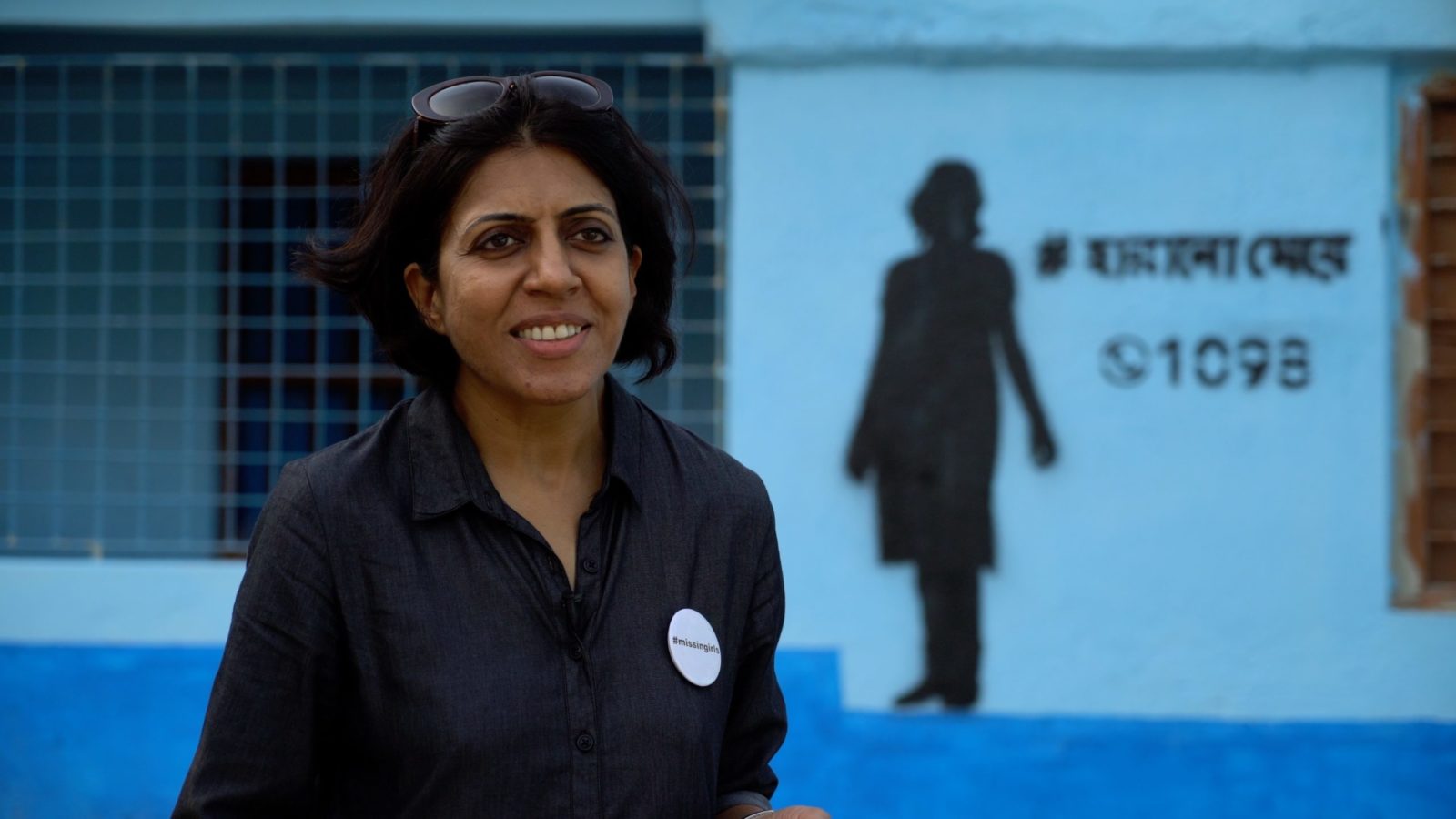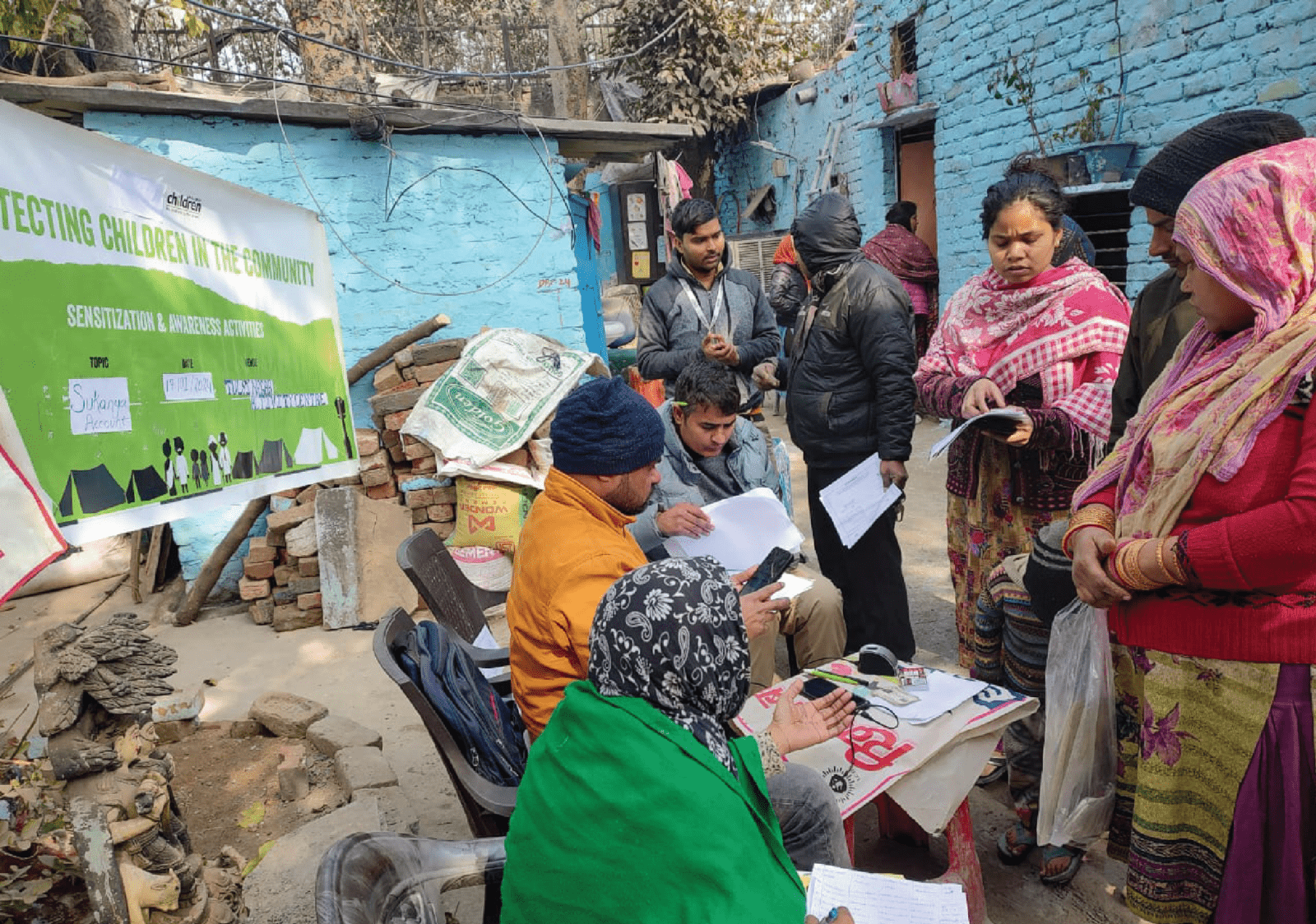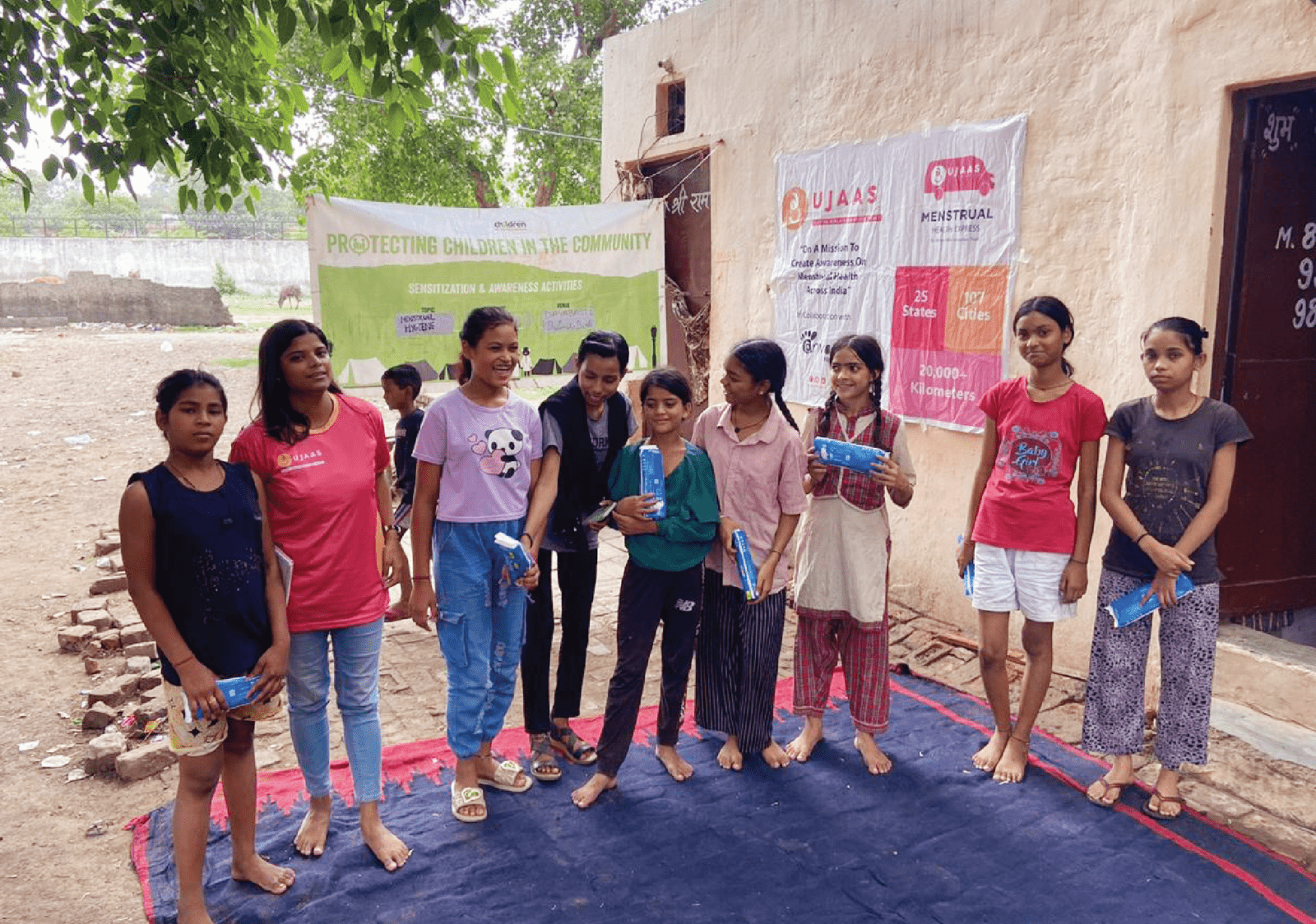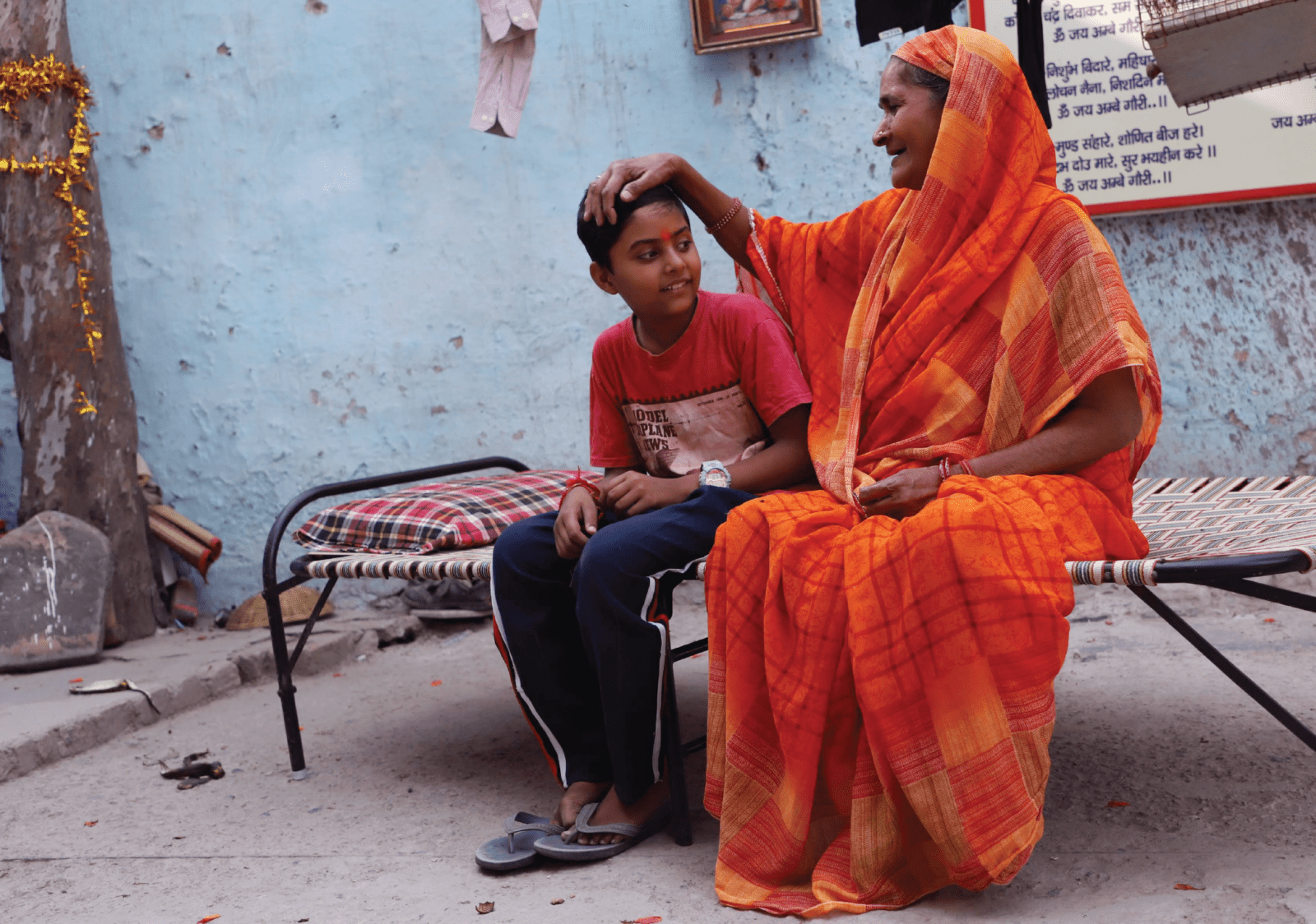Q1) From a photographer to the founder of Save missing girls, yours has been a journey of empathy, realisation, and action. Please take our readers through your journey. What made you take up the cause?
Ans: I think, as an artist, you are very receptive to the subject of your artwork. What are you trying to say with the art that you are creating? An artist delves in deeper to see as to what moves you, shakes you emotionally, touches you and that is what usually comes out as a form of art. For me, I found that I was very sensitive to the exploitation of women, especially those in red-light districts. Though I was simply working with my friends, trying to help them with their NGOs, it began seeping into my art. Slowly, depicting objectification, abuse and exploitation became the focal point of my art. From there, I began creating these really complicated installations, which began in Calcutta, moving to Delhi, Iran, and so on.
I soon realized that my work was being seen more in galleries, but I really wanted to talk to the public. Now, because there was a shift in my agenda, my thought process about who it is that I wanted to talk to, the shape of my work changed and evolved. From there on, it condensed into a very simple form of a silhouette of a girl. I wanted my work to speak to the public, irrespective of the language barrier. I wanted something that was universal, and that is when the Missing Girl was born.
It has been an artist’s journey. Right from being sensitive to an issue to finding my motive, finding who the work is for, helped change the language.
Q2) Fast forwarding to today’s times, where does India stand with respect to child trafficking, particularly trafficking of young children for sexual exploitation? In your years of work, are there any trends/ patterns you have observed that have fuelled child trafficking in and outside India?
Ans: With Covid, we saw a sharp rise in child abuse material coming up on the internet, especially from India. I think, around March, leading news channels reported a 95% hike in consumption of child pornography, all of which illustrated a dismal picture. At the same time, this issue is becoming intangible, something that is more hidden, because a lot of it is happening digitally. It is a big space here (in India) and it is only growing. From my perspective, there clearly is a lot to do, especially in terms of how we are shaping the thoughts of the next generation, because abuse and exploitation only take place when there is a demand. The demand only exists because of your own history, your own life and the fact that you are driven to create a demand for something like this.
Additionally, there needs to be systematic education, awareness building, and understanding of the role you play as a mere onlooker or as a simple demand maker. Your demand-making can be so simple that you don’t even realize that it is demand-making, and you are building and adding to the language. People don’t even know/realize that porn is illegal in India, especially from certain sites. Child pornography is illegal, but even if one sees it somewhere one may not even realize that it is illegal.
People are unaware of the legalities and what binds them to this issue. People are unaware that if you are witnessing abuse in front of you and you are quiet as an onlooker, you might be actually liable to go to jail. There is no fear, understanding, or awareness; even regarding what kind of material are you watching online, what are you sharing. So many people who have been trafficked have said that their films have been used in porn sites. It is not as if they were paid porn stars—their abuse was photographed and captured and has been uploaded on porn sites, and people are making money off it. Now, so many people watch this and create a demand for such things to continue.
As for a pattern, it’s all demand driven, and there’s a demand rise because of lack of awareness. For instance, when the whole world was smoking, pregnant women were smoking, people were smoking in front of pregnant women, people did not realize that smoking was harming anybody. Only when there was mass awareness on the effects of smoking that now, people cannot even dream about smoking in closed spaces. It is another thing altogether that people say there are more smokers today than there were before, but that is also because there has been a population hike in the world. However, today, at least I am able to sit in a smoke-free space, with confidence, and not feel that I am being ‘difficult.’ We have the upper hand today, and smokers can still be dedicated to what they want. I am only sharing this as an example because I feel that it builds a very big parallel in the whole dialogue on prevention and awareness towards putting a stop to certain things.
Awareness may actually streamline the porn industry. It might give proper credentials to who is a porn star, might get them greater respect, greater social security amongst other things. Today, there are some groups in red-light districts who demand their rights because they are not given any. For instance, in a red-light district, how effective is the police station or the hospital? They do not get the same treatment or benefits, which everybody else gets. Especially, if they enter a hospital and the nurses and the doctors know where they have come from, they won’t clearly address their needs. We are a far cry from equality for this section.
Q3) The number of child trafficking cases are predicted to rise during and post-Covid. What do you believe are the preventive measures we need to take at an individual and collective level to thwart this from exploding further?
Ans: Like I said earlier, it has to be awareness; it has to be taking systematic, proactive steps. Individual efforts, yes, but there have to be bigger schemes, a bigger agenda by NGOs to really spread a systematic ripple effect in understanding this. Like I was saying about the demand. Demand is created because sometimes people do not even realize that they are contributing to demand-making. However, there is also a supply. There is a supply by adolescents and children because of irresponsible behaviour. Parents and caregivers also contribute to the supply by not playing the right role. So, systematic education of society from both fronts, as demand makers as well as the vulnerable to be empowered with the knowledge of how they may get trafficked, needs to be looked at. In terms of ongoing Covid-relief work, we must talk about ensuring personal safety and what could lead one towards exploitation. This begins with defining exploitation because when most vulnerable people are exploited, they do not even realize it.
Awareness about their rights, where they can get help, speaking up, reaching out, and systematic rolling out of programs. Really put everything out there in black & white; what is happening, why could it be happening, what could you do, all of it!
Q4) The Trafficking of Persons (Prevention, Protection and Rehabilitation) Bill, 2018 aims to provide for prevention, rescue, and rehabilitation of trafficked persons, including children. How successful do you think it has been pre- and post-Covid? Please share examples to highlight.
Ans: See, when the bill came out it was the first time the bill had actually meant prevention of trafficking, which can only take place through awareness. Usually, it is always rescue and rehabilitation, that way you are always trying to save people post. However, it is always, once abused always abused. It is very difficult to make a person who has been abused come out of the vulnerable state. Mentally, it is such a big torture that it is very difficult to get one out. So, prevention is key, and at least the bill mentions it.
I think the government did start work on prevention. I do not have statistics on what they did because the government’s stats in this space are very grey. Post-Covid, I think everyone is just struggling to do what they can. Activities have had to change, agenda has had to change.What we have done in the Sundarbans—one of the highest trafficking belts of the country—is that we have made sure that ration reaches every family under our umbrella, so that no family sleeps hungry. Food and hunger are the biggest drivers of exploitation. We made sure that we remain connected to these families, that they receive all the benefits that they can from the government.
Government usually works in this space with the NGOs and nodal agencies. Currently, they have been building on the NCPCR’s (National Commission for Protection of Child Rights) mandate. They do have bigger plans on how to reach and roll out their programs. We do hope that they reach their agenda soon.
Q5) What features of the bill do you believe need to be enhanced/ pushed in order to ensure children are protected from falling through the trap of trafficking?
Ans: From what I remember, the bill does not mention prostitution or sex trafficking. That is what I remember was the main loophole at the time when it had come out. It is so bizarre (the bill not mentioning sex trafficking). That is one big loophole in the bill.
Q6) How do organizations like yours that incubated the MISSING game, an innovative approach to understanding the issue, play a crucial role in filling the gaps/ supplementing existing laws to curb child trafficking?
Ans: Governments usually come up with policies and they collaborate with other NGOs and nodal agencies to carry out the work. What Missing Link Trust does is staying focused and dedicated to prevention of sex trafficking, and our USP or unique way is using innovative methods for empathy building and role-playing to help shape you as individuals. This is done so that the individual takes ownership of the discussion. We use a very immersive methodology. We help the government to work on their prevention agenda through systematic awareness. We build pedagogy or a curriculum or a format or project or process, which can be systematically rolled out with the help of the government.
This space has to be ‘work in collaboration.’ In anti-trafficking, one cannot work alone. Neither the government nor the NGOs can work alone. In fact, each NGO also does not fulfil everything. If I have a rescue mission coming up, I will probably call up the EHT, the police, or other organizations. If somebody knows something happening in Sundarbans, they will call me up. There must always be collaborations between different agencies.
Currently, we are collaborating with the International Justice Mission to create a very interesting tool, an interactive digital comic, to raise awareness among police and legal counsel. We have a language, which people like to tap into, and we are dedicated in our work towards prevention of abuse and exploitation in trafficking. So, collaborations and partnerships all the way!
Q7) If you had to appeal to the public, on how to play a role as vigilantes to ensure child trafficking stops…what would you say?
Ans: I say that repeatedly, it is about being a conscious human being, first, and a conscious human citizen, second. Just like one is very bothered about where one’s vegetables are coming from, similarly, please be bothered about where that image is coming from. Be bothered about where that girl, who you see standing somewhere, who doesn’t look fine, and for who you might pass a sniggering remark, is coming from. No girl is going to say that when I grow up, I am going to sell my body for sex. That is never going to happen. If there are women who are still doing this voluntarily, you must go back in their history, which we have done, and there will always be a starting point of them being exploited. This is followed by the feeling of utter hopelessness and the feeling of not knowing what to do. Then you see a very slight shift to ‘okay, I am doing this because I want to do it;’ this is the only way they can save themselves. There still may be that one woman who may be doing this consciously. Fine, we are happy for them, but that is a very very negligible percentage. We cannot paint the whole community in the same colour. There are women who have had to enter this space because of exploitation, coercion, or blackmail, but these same women must be now standing there smartly done, nicely dressed, and looking as if they are having all the fun in the world. One must understand the history of the space and understand how abusive it is.
One must be conscious of the role one plays. By simply turning your face away, you are a perpetrator of the crime. You have to report when you see something; in fact, you are legally bound if you are seeing exploitation and choose not to do something about it. And be conscious, spread awareness, spread light, be the spokesperson so the next girl does not go missing.


